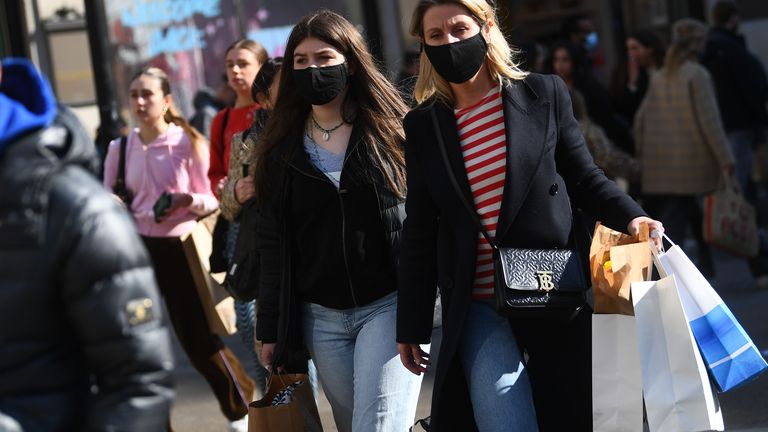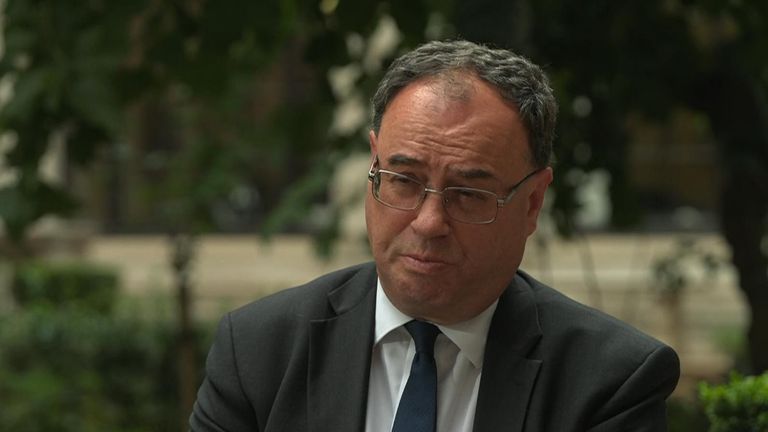UK economy’s coronavirus collapse no longer measured as worst in 300 years
The UK economy is no longer believed to have suffered its biggest annual contraction in three centuries last year, according to revised official figures.
Gross domestic product (GDP) shrank by 9.7% in 2020, the Office for National Statistics (ONS) said, a change from the previous estimate of 9.8%.
The contraction, caused by the impact of the coronavirus pandemic crushing economic activity, has been described as the worst since the Great Frost of 1709.
But the latest figures put the 2020 collapse, to two decimal places, at 9.69% – just shy of the 9.71% plunge in 1921.
It means the annual GDP fall caused by the pandemic was the worst in 99 years – not 311.
The ONS said the revisions were the result of improvements to sources and methods, including better data on the financial sector and removing some of the effects caused by price changes.
The revised figures also showed that the UK economy grew more strongly than previously thought in the second quarter of this year as consumers curbed their savings to fuel a spending splurge.
GDP increased by 5.5% in the April-June period, according to the ONS, which had initially estimated growth of 4.8%.
It means that by the middle of this year, Britain was closer than previously thought to recovering the ground lost as a result of the coronavirus crisis.
The ONS now thinks that by the second quarter, GDP was 3.3% below where it was at the end of 2019, having initially estimated a 4.4% shortfall.
More recent figures suggest that the recovery has since experienced a sharp slowdown after supply chain issues such as a lack of 100,000 HGV drivers and global chip shortages, as well as the “pingdemic” forcing workers to isolate, took their toll.
With inflation pressures also building – as oil and natural gas prices climb – at the same time, Bank of England governor Andrew Bailey has warned the recovery is facing “hard yards” ahead.
But the second quarter was boosted by a 7.9% rebound in household spending after the economy reopened in the spring, which represented four percentage points out of the 5.5% growth figure.
The household saving ratio fell sharply to 11.7%, down from 18.4% in the first quarter, which was the second-highest on record.
Among the industries to gain from the spending spree were the hotel and restaurant sector, up 87.6%, and the wholesale and retail trade, up 13.1%, while hairdressing saw a rise of 20.4%.
The ONS said the increases reflected the reopening of the economy as well as the economic boost from the Euro 2020 football tournament.
Ruth Gregory, senior UK economist at Capital Economics, said: “Overall, while the upward revisions to GDP are clearly welcome, Q2 was three months ago, and the recovery appears to have stagnated since.
“Even so, given that there is now thought to be less spare capacity in the economy that will only encourage the Bank of England to hike rates in the not too distant future.”





